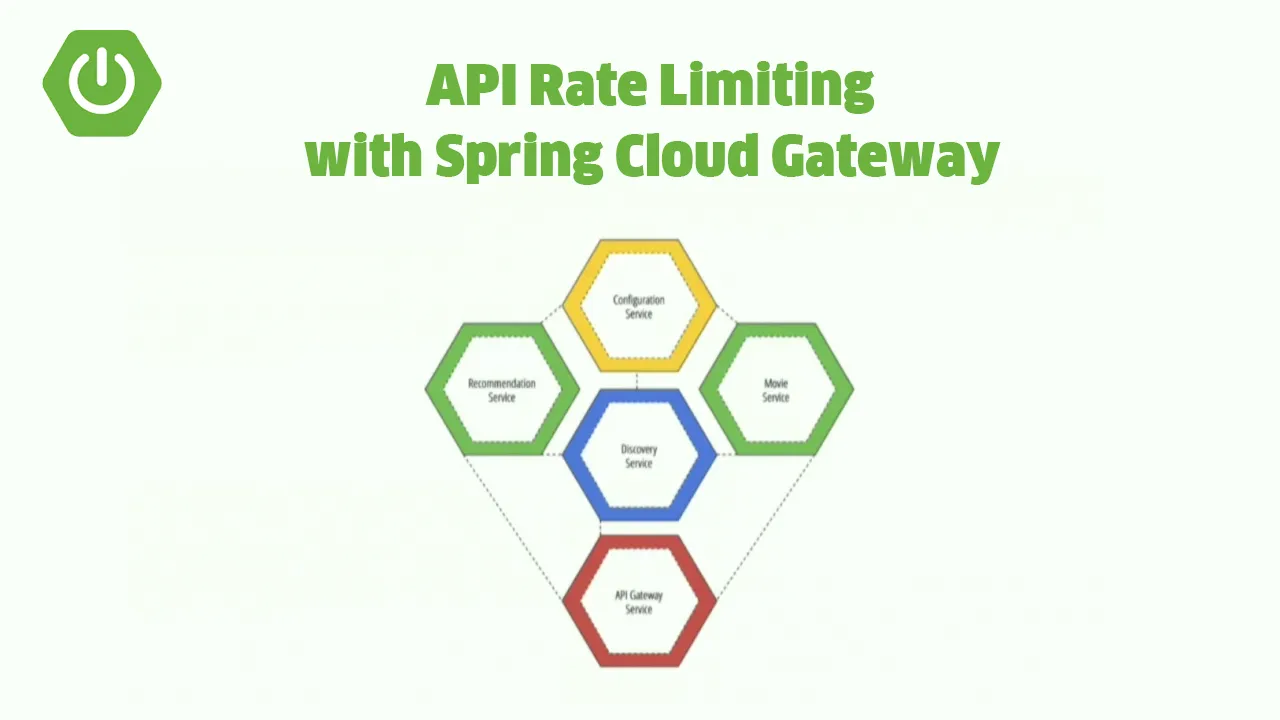One of the imperative architectural concerns is to protect APIs and service endpoints from harmful effects, such as denial of service, cascading failure. or overuse of resources. Rate limiting is a technique to control the rate by which an API or a service is consumed. In a distributed system, no better option exists than to centralize configuring and managing the rate at which consumers can interact with APIs. Only those requests within a defined rate would make it to the API. Any more would raise an HTTP “Many requests” error.
Spring Cloud Gateway (SCG) is a simple and lightweight component, yet it is an effective way to manage limiting API consumption rates. In this blog, I am going to illustrate how simply that can be accomplished by using a configuration method. As illustrated in the figure below, the demonstration consists of a frontend and backend services with a Spring Cloud Gateway service in between.
No code whatsoever is needed to include the SCG in the architecture. You need to include a Spring Boot Cloud dependency org.springframework.cloud:spring-cloud-starter-gateway in a vanilla Spring Boot application, and you’re set to go with the appropriate configuration settings.
Requests received by SCG from a frontend service can be routed to a backend service based on a configured route definition. A route definition configuration specifies to the gateway how a request should be routed to a backend endpoint. A route configuration usually defines conditions based on information that can be extracted from HTTP requests, such as paths and headers.
#[object object] #api rate limiting with spring cloud gateway #api #spring cloud #spring cloud gateway #api rate limiting with spring cloud gateway


